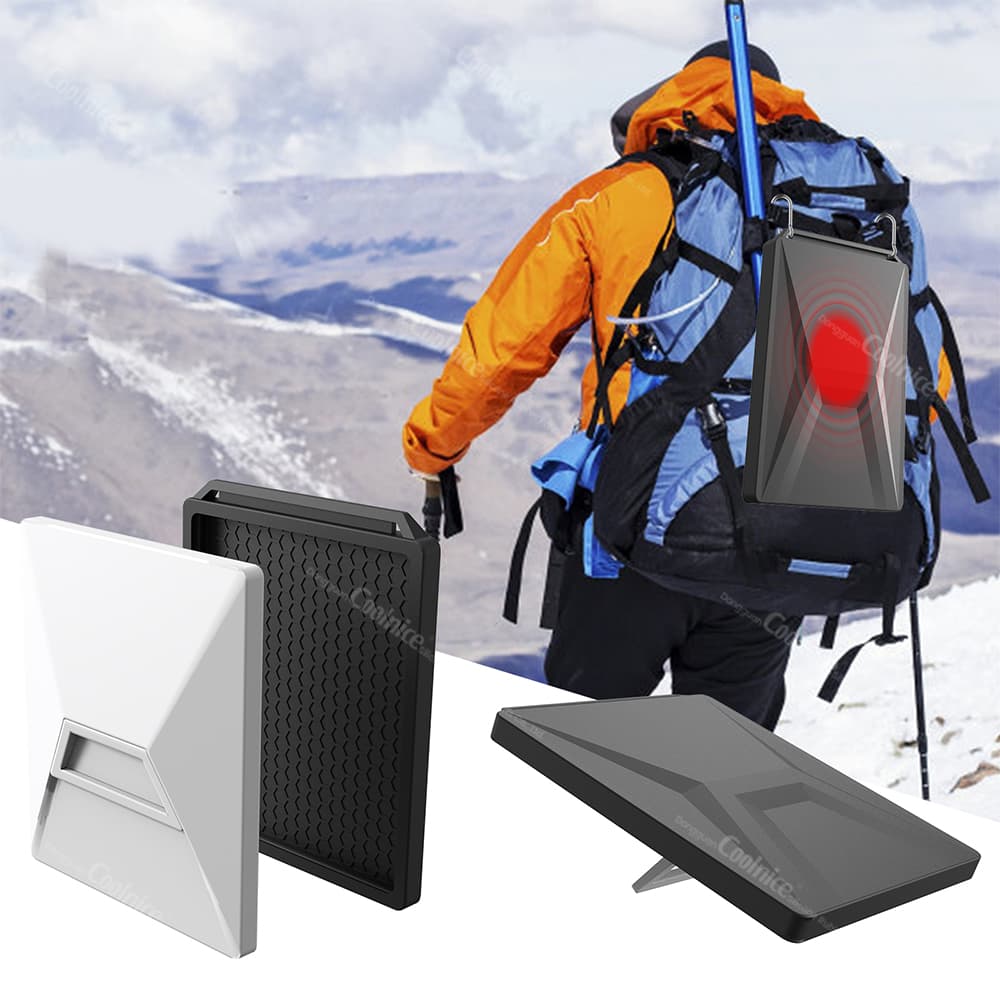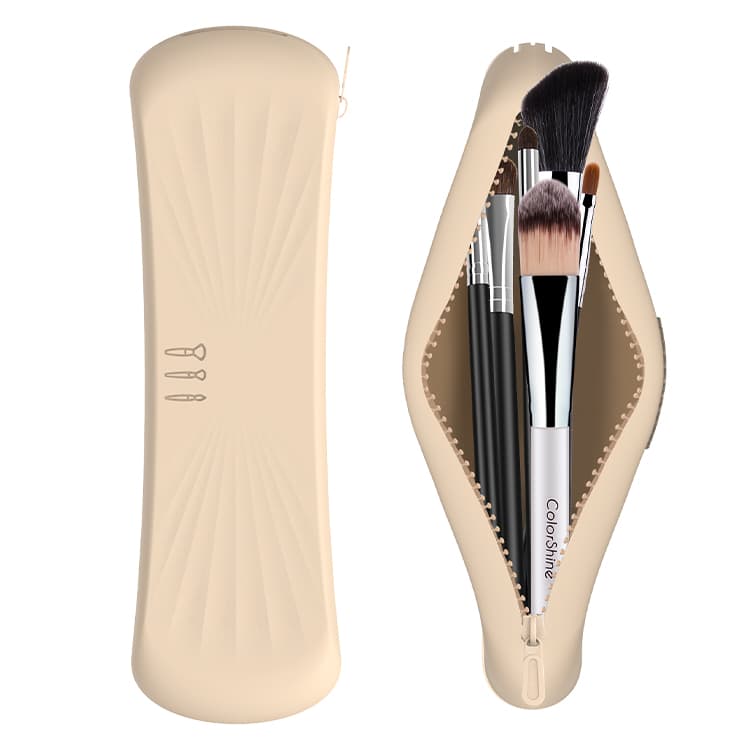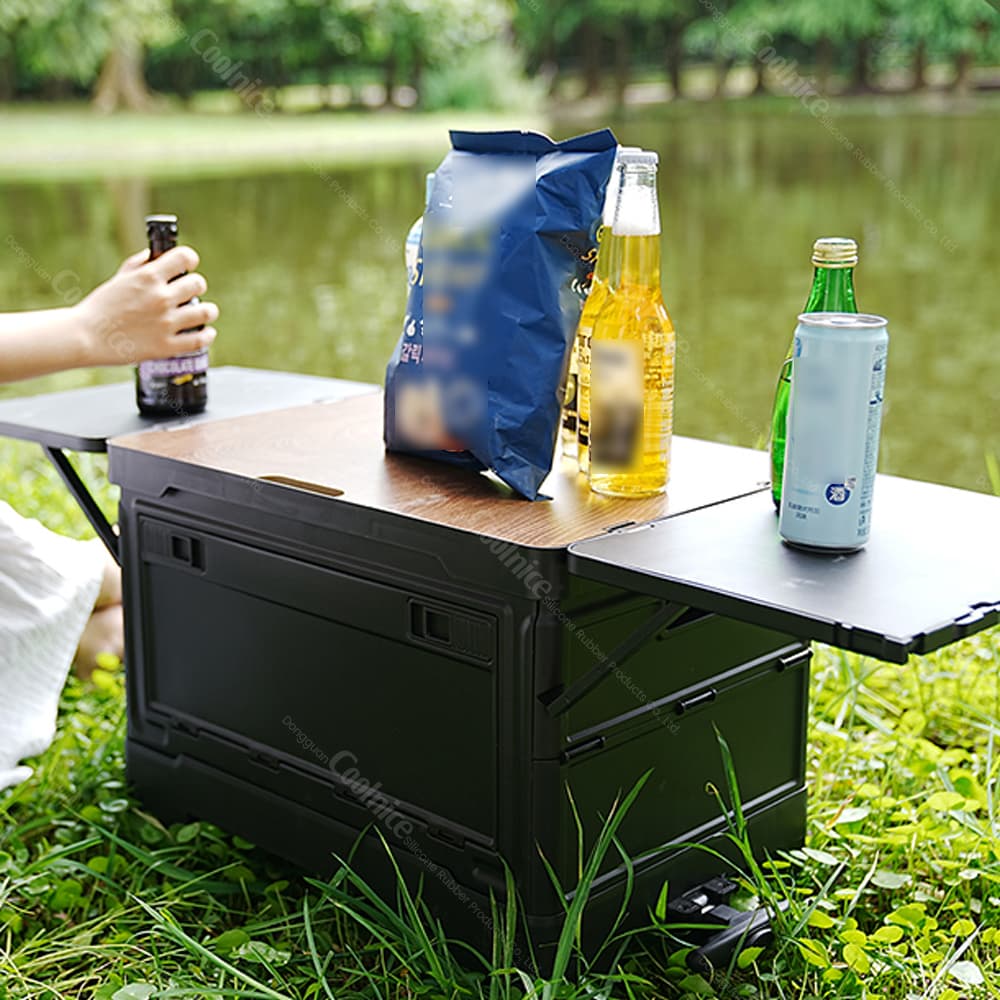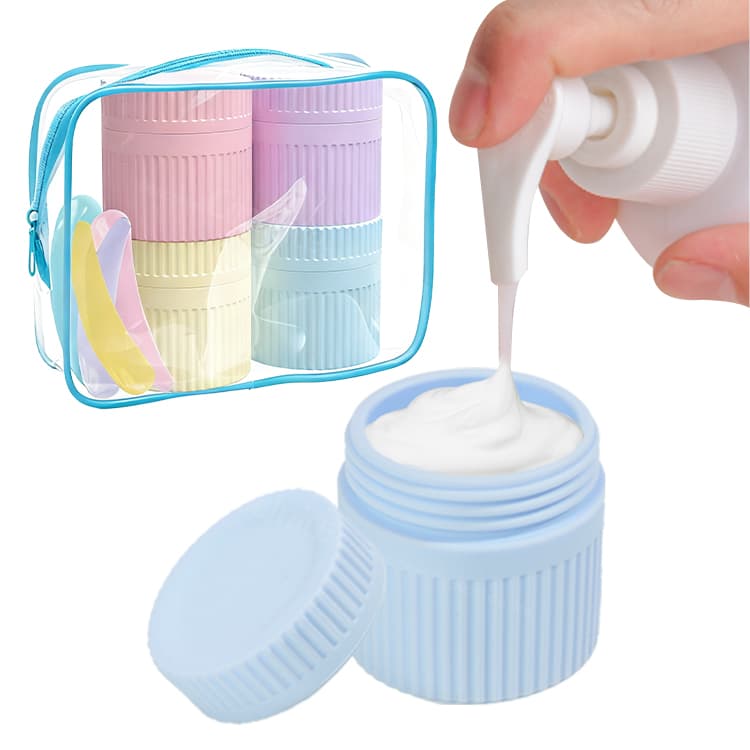Introduction
At CoolniceMFG, our custom silicone printing services help brands and OEM manufacturers choose the right printing process for each product design. Printing plays a vital role in how your silicone products look, feel, and perform. Selecting the correct method ensures durability, color accuracy, and a premium appearance — while reducing costs and improving efficiency.
1. Why Choosing the Right Printing Method Matters
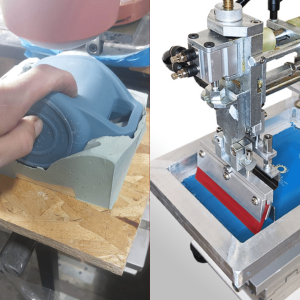
Different silicone products demand different printing approaches.
A misaligned or faded logo can weaken brand perception, while high-precision printing enhances value and usability. Proper selection affects:
-
Durability: Resistance to stretching, heat, and washing.
-
Color Quality: Vibrancy and long-term stability.
-
Cost Efficiency: Balancing setup cost with batch volume.
-
Lead Time: Faster setup equals quicker delivery.
2. Main Silicone Printing Methods
Silk Screen Printing
Ideal for flat or slightly curved surfaces.
-
Advantages: Thick ink deposit, vibrant colors, excellent UV and abrasion resistance.
-
Limitations: Each color needs a separate screen; slower for multi-color jobs.
Pad Printing
Perfect for curved or irregular parts.
-
Advantages: Transfers detailed logos precisely; efficient for small parts.
-
Limitations: Thinner ink layer and smaller print area than screen printing.
Digital UV Printing
Best for photo-quality or gradient effects.
-
Advantages: No plate or screen required; fast setup.
-
Limitations: Slightly less elastic than silicone-based inks.
Heat Transfer Printing
Great for large graphics and multi-color designs.
-
Advantages: High-definition results; durable and consistent.
-
Limitations: Higher film and setup cost.
IMD / IMR (In-Mold Decoration)
Integrates printed film directly during molding.
-
Advantages: Exceptional durability, scratch and chemical resistance.
-
Limitations: Higher tooling investment; suited for mass production.
3. Key Factors to Consider
| Factor | What to Evaluate | Recommended Method |
|---|---|---|
| Surface Shape | Flat, curved, or 3D | Screen → flat; Pad/Transfer → curved |
| Color Complexity | Single vs Multi-color | Screen → simple; UV/Transfer → multi-color |
| Durability Needs | Indoor vs Outdoor use | IMD or Co-Injection for maximum life |
| Production Volume | Small vs Large | Pad/UV → small; Screen/IMD → large |
| Budget Range | Tooling and setup costs | Pad printing = lowest setup; IMD = highest |
4. Cost and Durability Comparison
| Method | Initial Cost | Durability | Color Saturation | Production Speed |
|---|---|---|---|---|
| Screen Printing | ★★☆☆☆ | ★★★★☆ | ★★★★★ | ★★★☆☆ |
| Pad Printing | ★☆☆☆☆ | ★★★☆☆ | ★★★★☆ | ★★★★★ |
| UV Printing | ★★☆☆☆ | ★★★☆☆ | ★★★★☆ | ★★★★☆ |
| Heat Transfer | ★★★☆☆ | ★★★★☆ | ★★★★★ | ★★★☆☆ |
| IMD / IMR | ★★★★☆ | ★★★★★ | ★★★★☆ | ★★☆☆☆ |
5. How CoolniceMFG Helps You Decide
Our engineering team evaluates every project based on design, surface, and expected performance.
With FDA, LFGB, and REACH-certified inks, CoolniceMFG ensures each printed part meets the highest global standards.
We provide prototyping, material testing, and pilot production so you can confirm quality before mass manufacturing.
6. Real-World Applications
-
Pad Printing: Brand logos on medical buttons or watch straps.
-
Screen Printing: Colorful graphics on silicone mats and lids.
-
Heat Transfer: Promotional gifts with full-color imagery.
-
IMD: Embedded, scratch-resistant logos on automotive or electronic parts.
Each process delivers a different balance between appearance, cost, and durability — and our team ensures you pick the one that fits best.
7. Final Thoughts
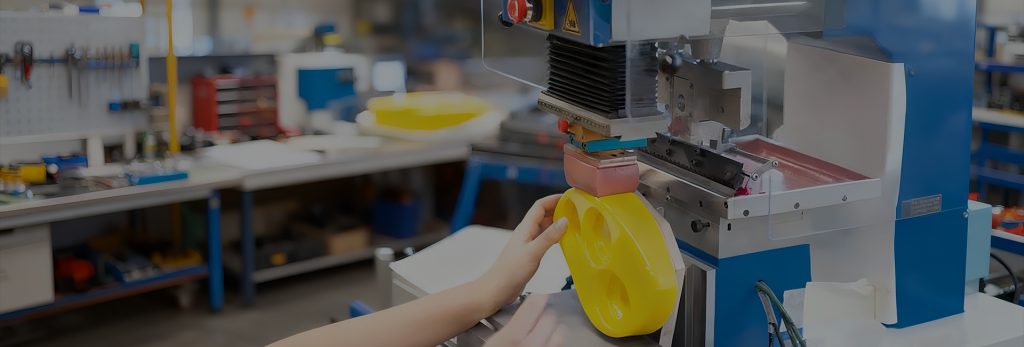
Choosing the right silicone printing process helps you create long-lasting, high-quality products that truly represent your brand.
Partnering with CoolniceMFG means getting professional engineering support, flexible order volumes, and the latest printing technologies all in one place.






